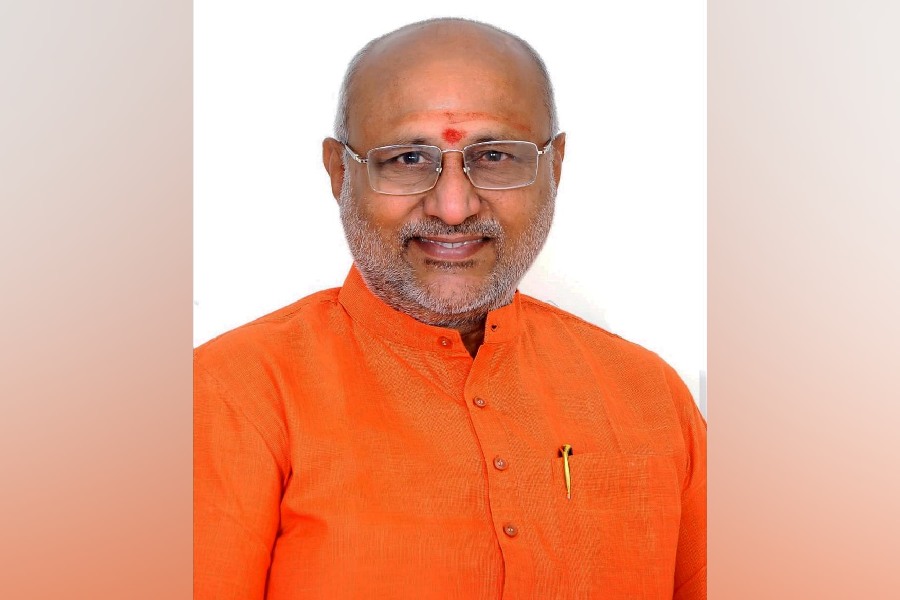After the excitement over the December 26 annular solar eclipse, another eclipse event is on the cards on Friday night. But this time it will be a penumbral lunar eclipse.
The eclipse will be visible in India, and countries across Asia, Africa, Australia and Europe will be able to see it as well.
In India, the penumbral lunar eclipse will begin at 10.37pm on Friday and end at 02.42am on Saturday.
The greatest eclipse — when about 90 per cent of the moon will be covered by the partial shadow region of the Earth — will be at 12.41am. The eclipse will hence last for a little more than four hours.
A lunar eclipse occurs when the Earth passes between the moon and the sun. The Earth obscures the sun’s light for a specific amount of time, causing the Earth’s shadow to fall on the Moon. Unlike a total or partial lunar eclipse, the penumbral eclipse is a very subtle celestial event, when three celestial bodies — sun, Earth and moon — are not perfectly aligned in a straight line and the moon enters the Earth’s partially shadowed region called the penumbra.
In a normal lunar eclipse, the moon passes through the central part of the Earth’s shadow called umbra and one witnesses considerable darkening of the lunar disc. But in the case of the penumbral lunar eclipse on Friday, there will only be a slight dimming of the lunar surface.
For the naked eye, it is sometimes a little difficult to recognise a penumbral lunar eclipse, though it is interesting to see the larger-than-usual appearance of the moon and the shifts in shadow during the four-hour period.
At maximum eclipse, 90 per cent of the moon will be partially shaded by the Earth.
Sky enthusiasts may still feel the urge for experiencing this penumbral lunar eclipse, but have to then sacrifice a good night’s sleep and also brave the cold outside.
Since the full moon can be seen directly without any protection for the eyes, there is no such need for taking special care for observing this eclipse. This year there will be a series of penumbral lunar eclipses on January 10, June 5, July 5 and November 30.
So it’s a busy year at least from the penumbral lunar eclipse point of view!
The writer is the director, (research and academics), MP Birla Institute of Fundamental Research, MP Birla Planetarium










